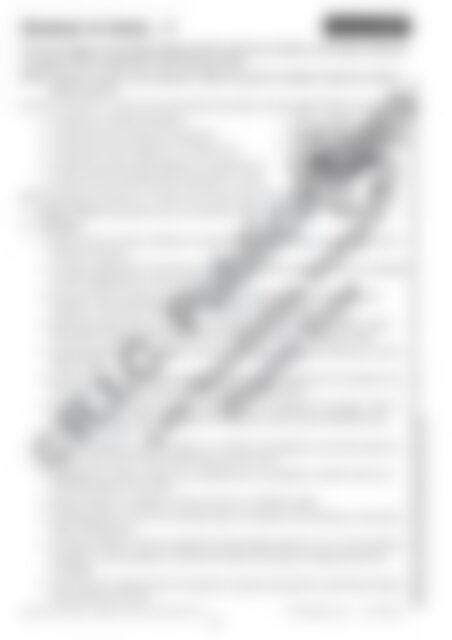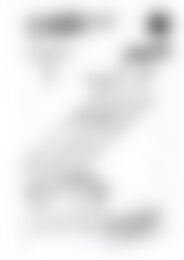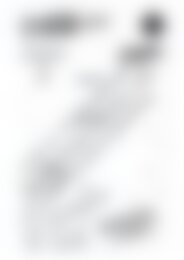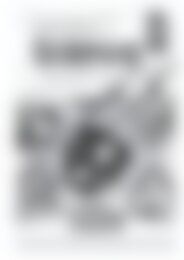20895 ACE Language (Yr 6) Structures and Language Features
Create successful ePaper yourself
Turn your PDF publications into a flip-book with our unique Google optimized e-Paper software.
Humour in texts – 1<br />
Resource sheet<br />
This set of pages is to provide background information for teachers <strong>and</strong> to give assistance<br />
to students when writing their own humorous texts.<br />
NOTE: Humour in texts is very subjective. What one person considers humorous another<br />
person may not.<br />
Sources of humour in texts can be described as broadly covering the following scenarios:<br />
• something unexpected happens<br />
• something says something unexpected<br />
• something terrible happens to someone else<br />
• something embarrassing happens to someone else<br />
• someone does something silly, awkward or clumsy.<br />
Specific elements of humour in long or short texts may include:<br />
1. Subject matter being dealt with; for example, bodily functions.<br />
2. Situations:<br />
• what you see or hear is different to expectations; for example, a policeman who is<br />
afraid of criminals<br />
• a certain expectation is set up, then a twist or surprising ending occurs; for example,<br />
a bomb explodes but is full of soap bubbles<br />
• the usual rules of reason are relaxed <strong>and</strong> the impossible becomes possible; for<br />
example, a shy person becomes the lead singer in a rock b<strong>and</strong><br />
• examining issues which are sociably unacceptable or taboo usually within a safe<br />
framework of jokes; for example, ’If you had half a brain, it would be lonely’<br />
• switching identities, roles or functions; for example, parent <strong>and</strong> child take on each<br />
other’s bodies<br />
• authority figures such as teachers or parents become adversaries; for example, ’No<br />
more pencils. No more books. No more teachers’ dirty looks’<br />
• an author’s work, song or an idea is made fun of or imitated; for example, ’There<br />
was an old woman who swallowed a fly’ becomes ’There was an old bloke who<br />
swallowed a chook’<br />
• humour relating to a specific topic or ’in’ jokes; for example, Q: At which sport do<br />
waiters excel? Ans: Tennis, because they serve so well.<br />
• exaggeration leads to disastrous consequences; for example, a teacher who can’t<br />
sing at all takes a music class<br />
• absurd things; for example, a hyena becomes a wildlife warden<br />
• something does not fit into its proper place or situation; for example, an astronaut<br />
takes a flying lesson<br />
• a character does or says the opposite of what he/she means to, as in irony (a figure<br />
of speech or literary device in which the literal meaning is the opposite of that<br />
intended)<br />
• funny human predicaments; for example, someone losing their swimming costume<br />
after diving into a pool.<br />
Australian Curriculum English – <strong>Language</strong>: Text structure <strong>and</strong> organisation (Year 6) www.ricpublications.com.au R.I.C. Publications ®<br />
26<br />
Underst<strong>and</strong> how authors often innovate on text structures <strong>and</strong> play with language features to achieve particular aesthetic, humorous <strong>and</strong> persuasive purposes <strong>and</strong> effects (<strong>ACE</strong>LA1518)<br />
© Australian Curriculum: Assessment <strong>and</strong> Reporting Authority 2012


